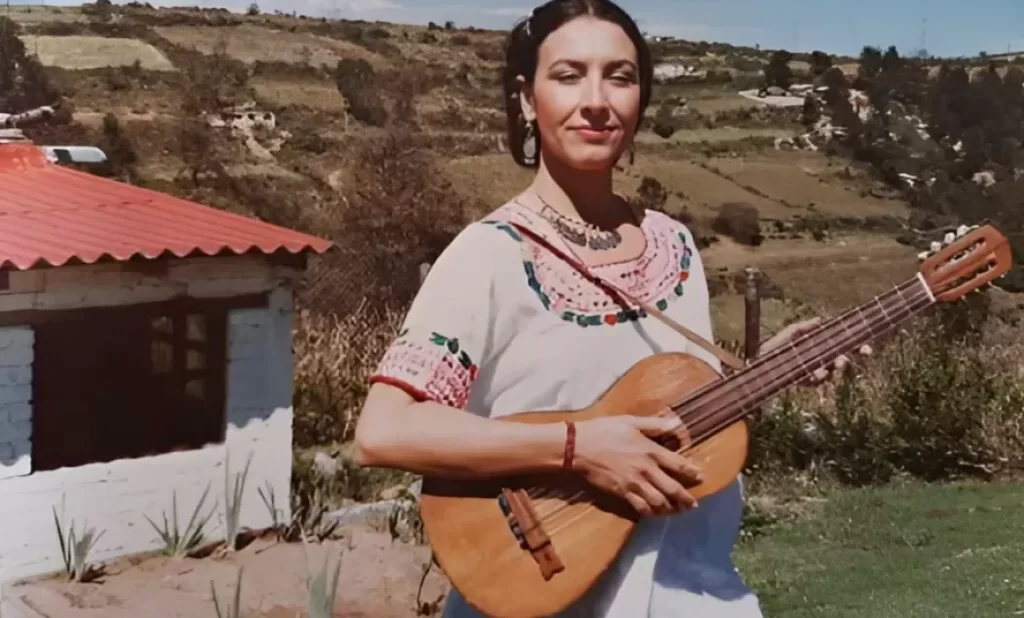
The Mexican singer-songwriter Amparo Ochoa is considered one of the most remarkable and versatile performers of the Mexican canto nuevo movement (related to nueva canción). Born in Culiacán in 1946, Ochoa grew up singing at various school events and with her father. She later taught in rural grade schools in her home state where songs were an essential part of her teaching. Her deep connection with Mexican and Latin American audiences is often expressed through her innate charm. This sense of popularity is not only rooted in the political messages of the songs she performed but also in the influential platforms where she showcased her talent.

The widespread perception of her voice as representative of the people is rooted in the rich vocal traditions of early 20th century Mexican musical theater, which evolved throughout the century and were recontextualized during the Latin American Cold War. These vocal strategies, deeply impactful on listeners, shaped their understanding of el pueblo and fostered sympathy for movements opposing dictatorial regimes in the 1970s and 1980s. This interpretation of her voice foregrounds the role of music and song in the ideological and political frameworks of the time and expresses how the emotional resonance of her voice influenced listeners’ subjectivity.
Celebrate Hispanic Heritage Month by reading “La voz del pueblo y para el pueblo” Amparo Ochoa’s vocal trajectory: From the Mexican Revolution to the Latin American Cold War” by Natalia Bieletto Bueno (Journal of interdisciplinary voice studies 5/1 [2020] 9–28; RILM Abstracts of Music Literature, 2020-72069).
Below is a video of Ochoa performing the song A que te tiras cuando sueñas mexicano on a Mexican television program.







